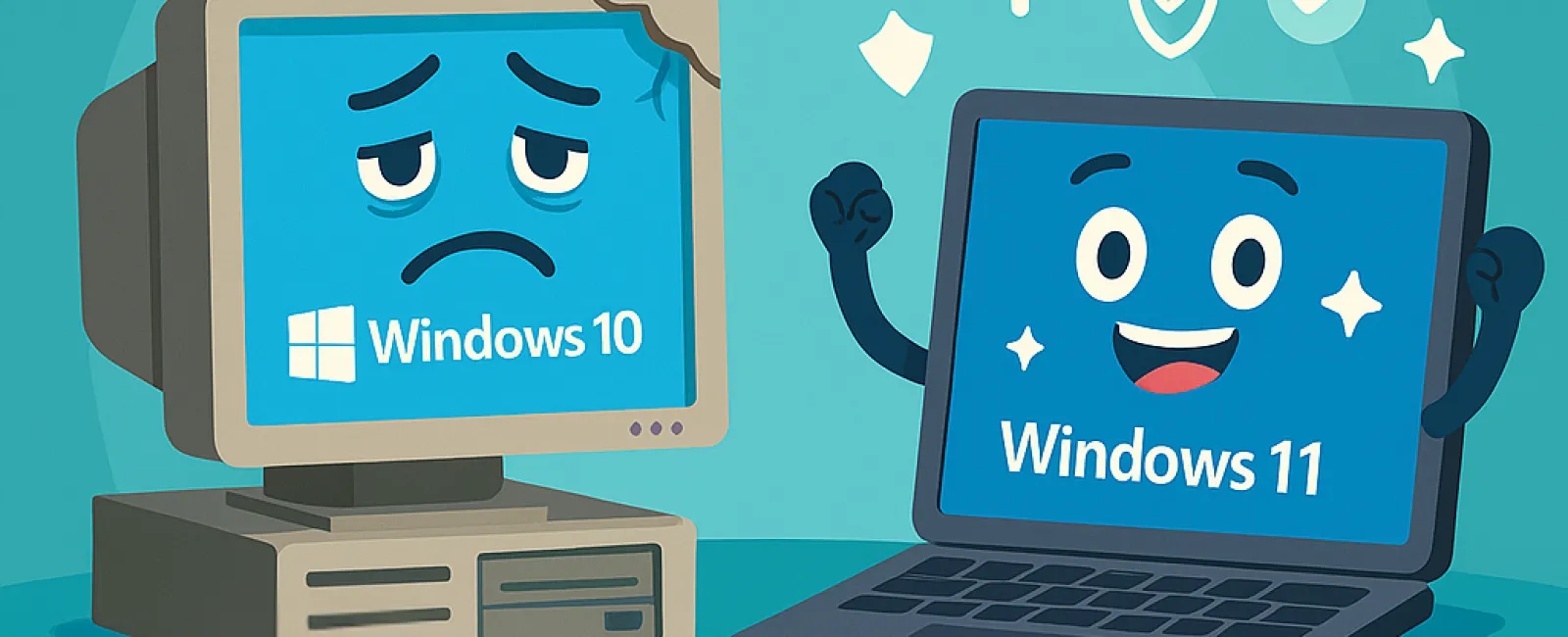September 22, 2025
Holding on to outdated technology might seem like a smart way to save money initially, but in reality, it often leads to higher costs in productivity, security risks, and overall expenses. Using aging hardware and obsolete software can seriously hamper your business's efficiency and safety.
Understanding the True Price of Outdated Tech
Outdated technology drains your business in several critical ways. Older systems tend to operate sluggishly, slowing down your entire team and reducing output. Moreover, these systems are prone to unexpected failures, causing downtime that disrupts your operations and delays your deliverables.
Security is another major concern. Legacy software and hardware no longer receive vital patches and updates, leaving them exposed to cyber threats. Hackers exploit these known vulnerabilities to breach your data, putting your business at risk of costly data loss and compliance failures. Upgrading to the latest technology is essential to safeguard your company and maintain regulatory standards.
How to Recognize When It's Time to Upgrade Your Technology
Watch for these key indicators that signal your tech needs replacement:
1. Running Windows 10 or an older operating system.
Windows 10 support ends in October 2025, after which it will no longer receive security updates. Continuing to use it exposes your business to significant cybersecurity and compliance risks. Protect your company by planning now to upgrade to Windows 11.
2. Repeatedly calling IT for the same issues.
Constant system crashes, slowdowns, and technical glitches aren't just frustrating—they're signs your technology is failing. These problems disrupt workflow, frustrate employees, and drain productivity.
3. Software incompatibility with modern tools.
If your current software can't integrate with new mobile apps or cloud services, it limits your ability to innovate, serve customers effectively, and grow your business.
4. Devices that slow down your team.
Computers that take too long to start, freeze during important meetings, or crash frequently are bottlenecks in your workflow. Devices older than three to five years should be evaluated for performance and energy efficiency to avoid productivity losses and excessive energy costs.
5. Outdated security systems.
Using firewalls or antivirus software that haven't been updated in years leaves your business vulnerable. Cyber threats evolve rapidly, and outdated defenses are often the easiest targets for ransomware and other attacks.
Worried about the cost of upgrading? While it may seem expensive upfront, clinging to slow, outdated systems often results in higher expenses due to lost productivity, security breaches, and constant repairs. Fortunately, there are cost-effective, strategic upgrade options available to keep your business running efficiently without breaking the bank.
You're Not Alone in the Upgrade Journey
If you want expert guidance to smoothly transition to modern technology and stay ahead of obsolescence, our team is here to help. Schedule a FREE Business Technology Alignment Assessment with us, and we'll outline the best steps to keep your business secure, efficient, and budget-friendly. Contact us at (646) 989-9900 or click here to book your consultation.





